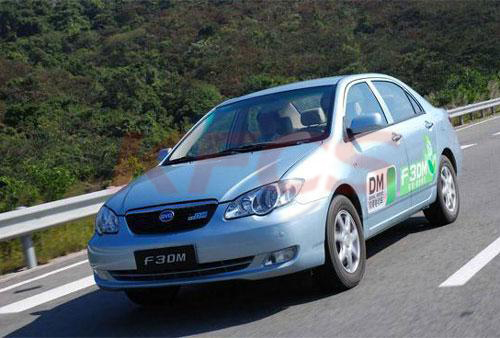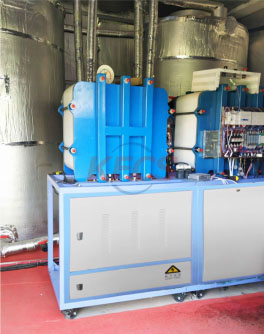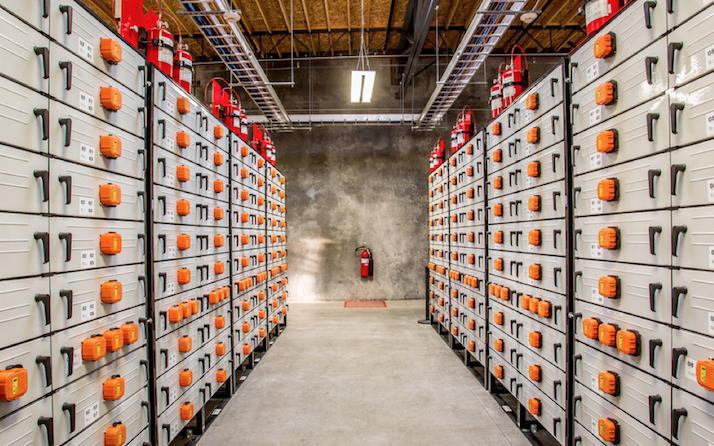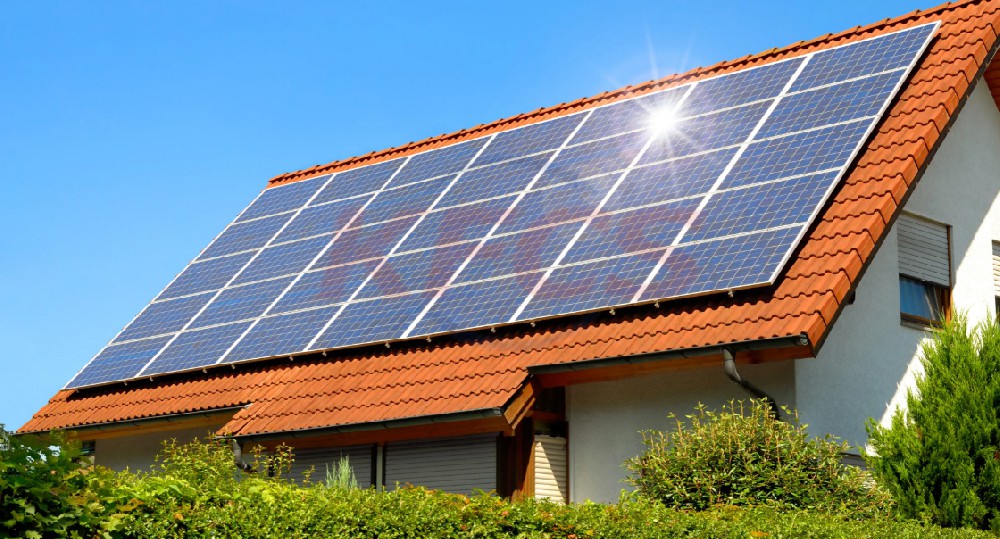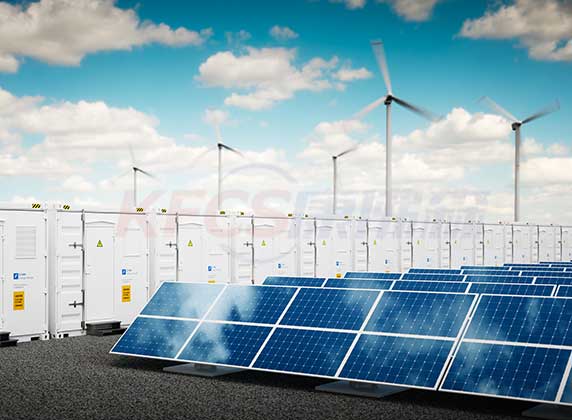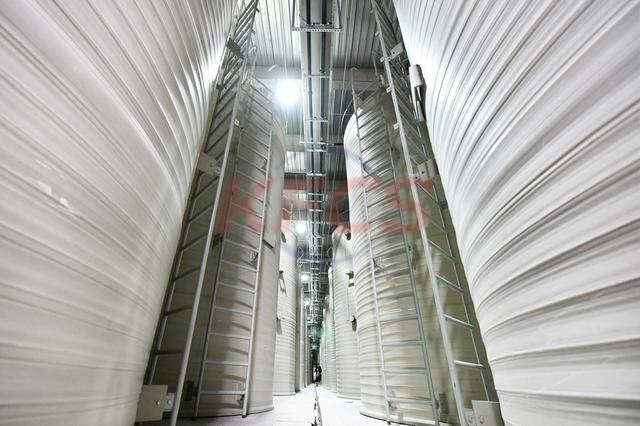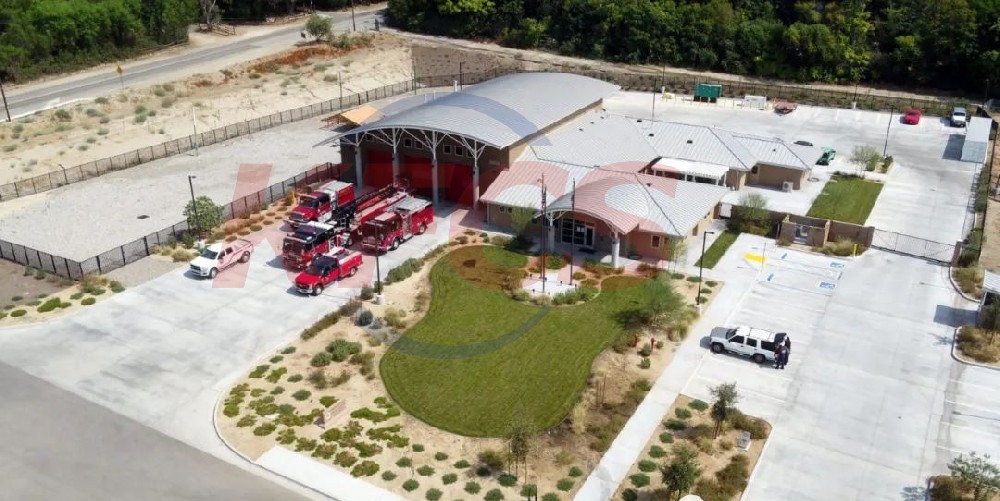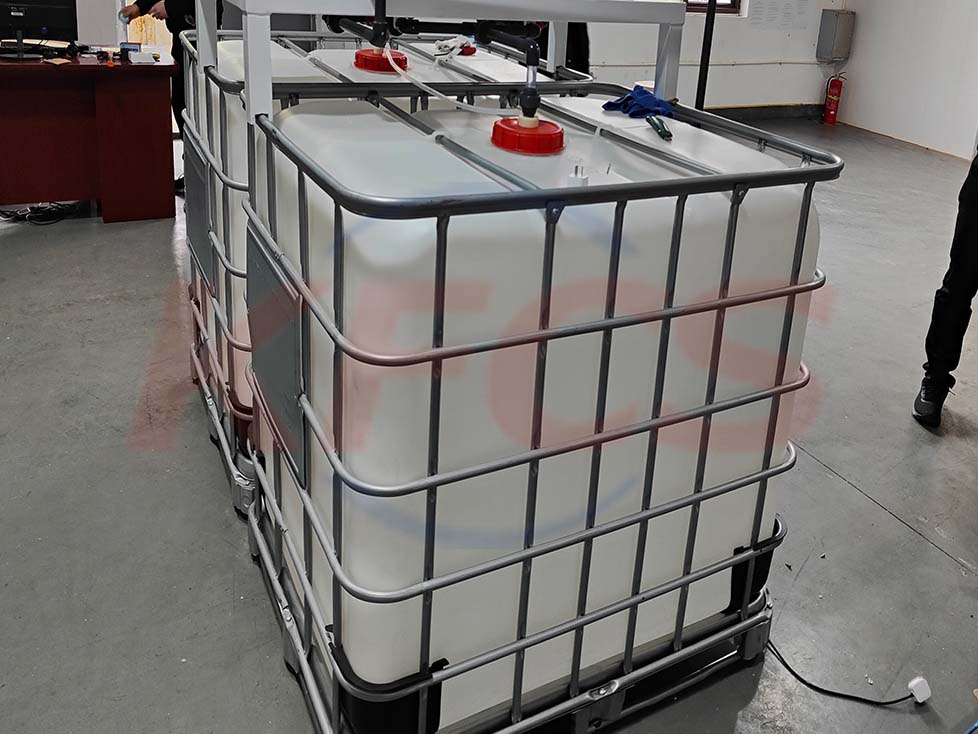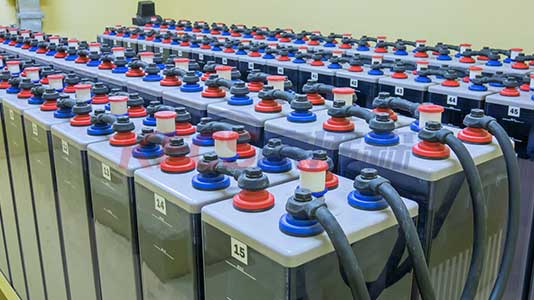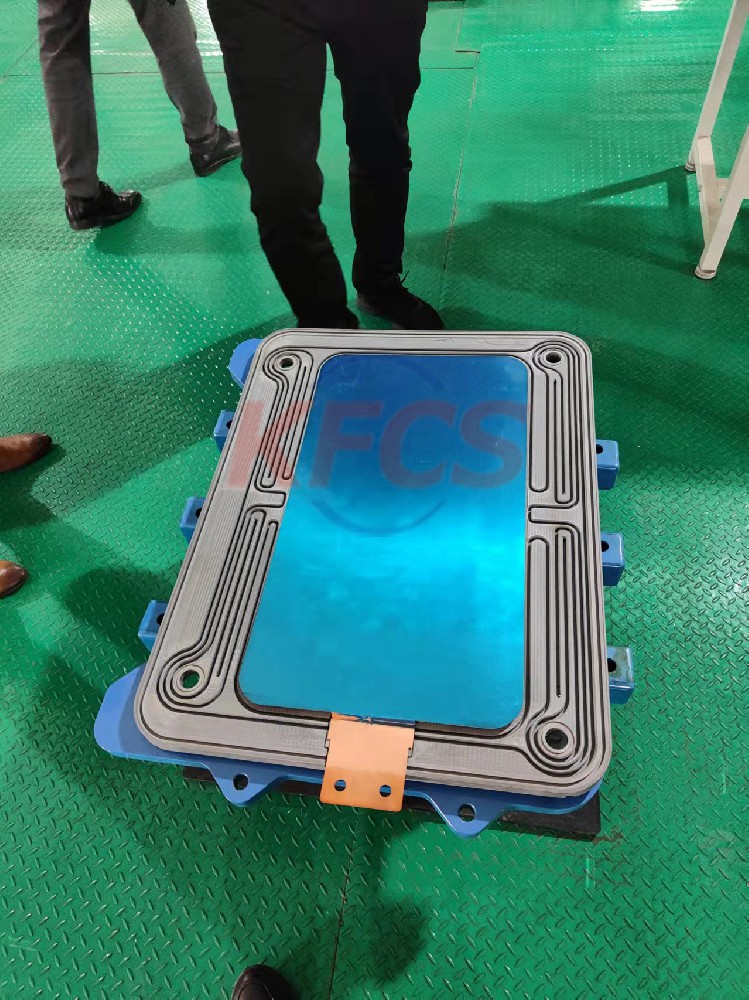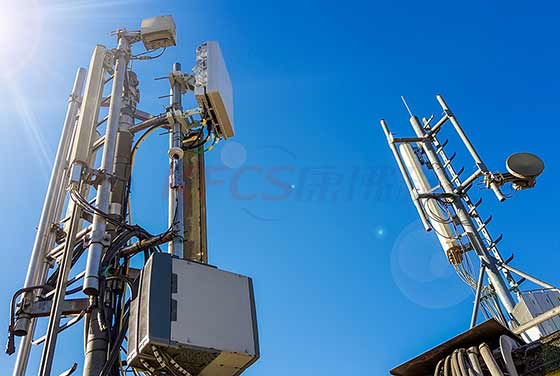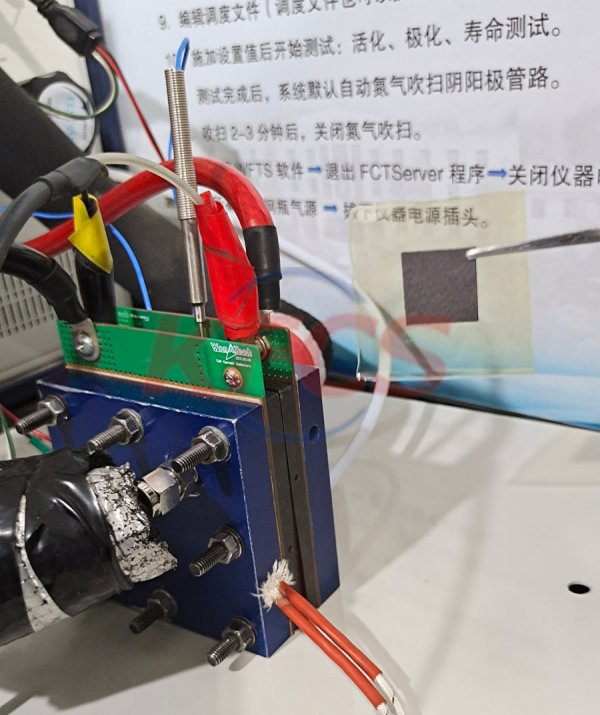Hybrid Electric Vehicle
The so-called hybrid electric vehicle refers to a vehicle with two different power sources. These two power sources work separately or together in different driving states of the car (such as starting, low and medium speed, constant speed, acceleration, high speed, deceleration or braking, etc.), and through this combination, the minimum fuel consumption and exhaust emissions are achieved. , so as to achieve the purpose of fuel saving and environmental protection. Take Toyota's hybrid car PRIUS as an example. The car is powered by a fuel engine and a battery. When the car is started and when the speed is lower than 24 kilometers per hour, the fuel engine does not work, but is powered by the battery that comes with the car. Only when the speed of the car exceeds 24 km/h, the fuel engine starts to work; when the car accelerates suddenly, the battery will help the fuel engine to accelerate together; Car auxiliary facilities such as headlights and taillights provide energy, thereby reducing the load on the fuel engine; when the car decelerates and brakes, the car itself charges the battery to achieve energy recycling and maximize energy conservation and conservation.
Introduction
The advantages of hybrid electric vehicles are:
1. After the compound power is used, the maximum power of the internal combustion engine can be determined according to the average required power. At this time, it works under the optimal working conditions of low fuel consumption and less pollution. When the power of the high-power internal combustion engine is insufficient, it is supplemented by the battery; when the load is small, the surplus power can generate electricity to charge the battery. Since the internal combustion engine can work continuously, the battery can be continuously charged, so its journey is the same as that of an ordinary car.
2. Because of the battery, it is very convenient to recover the energy during braking, downhill and idling.
3. In prosperous urban areas, the internal combustion engine can be shut down and driven by the battery alone to achieve "zero" emissions.
4. With the internal combustion engine, it is very convenient to solve the problems encountered by pure electric vehicles such as air conditioning, heating, and defrosting with high energy consumption.
5. You can use the existing gas station to refuel, no need to invest again.
6. It can keep the battery in a good working condition without overcharging and overdischarging, prolonging its service life and reducing costs.
Features
1) The use of a small-displacement engine reduces fuel consumption;
2) The engine can often work in the high-efficiency and low-emission area, which improves the energy conversion efficiency and reduces the emission;
3) The energy during braking and downhill is recovered into the battery for reuse, which reduces fuel consumption;
4) In prosperous urban areas, the internal combustion engine can be shut down and driven by the motor alone to achieve "zero" emissions;
5) The combined drive of the motor and the internal combustion engine improves the power of the vehicle and enhances the driving pleasure;
6) Utilizing the existing fueling facilities, it has the same driving range as traditional fuel vehicles.

